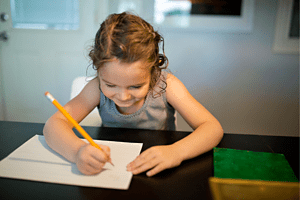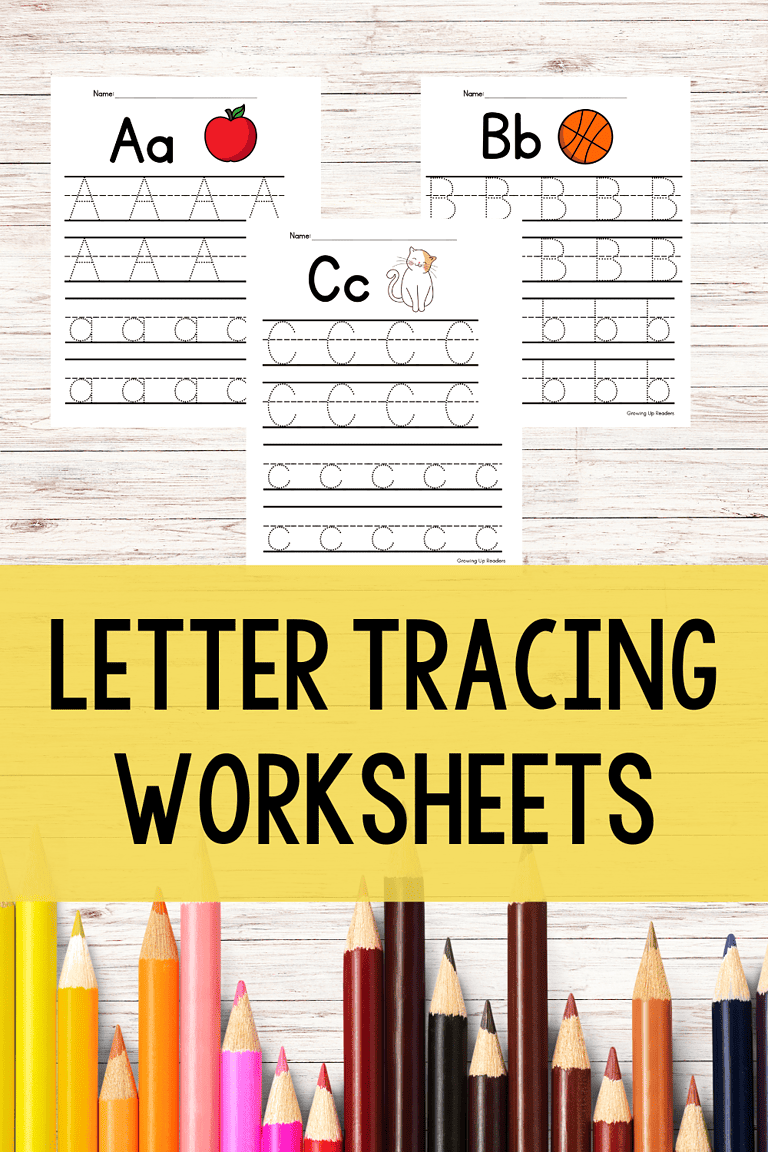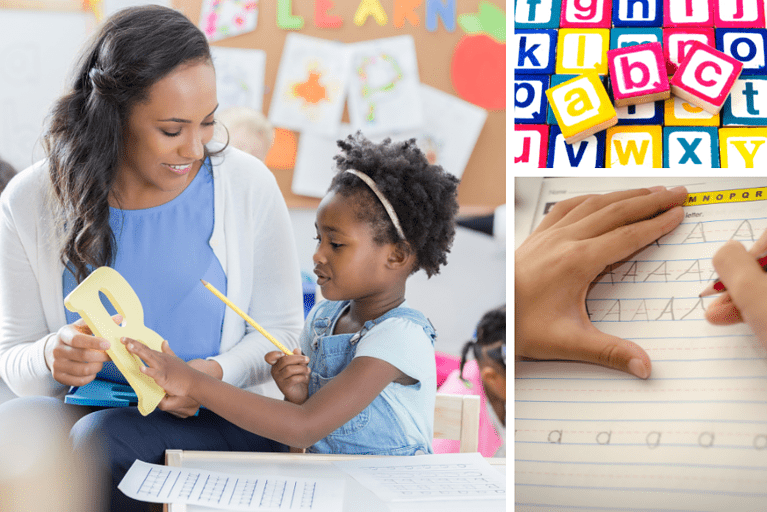This post is all about how to improve sight word fluency.
ACTIVITIES TO Improve sight word fluency in early readers
An important skill for all readers to develop is sight word fluency. Sight words are high frequency words that children should be able to recognize instantly while reading.
The ability to read sight words is important because it improves reading fluency, which in turn improves overall reading comprehension skills. These reading skills build on top of each other beginning in first grade.
In this post, let’s talk about activities that will improve sight word fluency in early readers. Sight word instruction is an important part of our child’s literacy journey.

*This post contains affiliate links.
Sight word Fluency Activity #1
THE HEART WORD METHOD
Did you know that the best way to teach sight words (also known as high-frequency words) isn’t through rote memorization? As readers, we learn new words through something called orthographic mapping.
It involves breaking down unfamiliar words into smaller parts, such as individual sounds and spelling patterns. We then use that knowledge to recognize and remember the word in the future.
Heart Words are sight words that have an irregular part. To teach these types of words, we use the Heart Word Method.

When teaching, you will use a heart to symbolize the irregular part of the English language. You use a heart because you need to “know it by heart.”
Here is how to teach new sight words using the Heart Word Method:
Introduce the new sight word on a flashcard and have your child repeat the word.
Have your child tap out the sounds that they hear in the word. Let’s use the word “the” as an example.
Count out the number of sounds heard. Put dashes on the line for each sound heard.

Write down the parts of the words that are regularly spelled.
Teach the part of the word that is irregular. Put a heart under the irregular sound. This is to show that this part of the word needs to be “remembered by heart.”

For more information on the Heart Word Method, Really Great Reading has excellent resources on heart words.
Sight Word Fluency Activity #2
i-spy

This is a fun game to help review previously learned sight words! Keep in mind that you will want to teach any sight words that have irregular spellings first.
To play I-Spy Sight Words, you are going to give your child several clues…
Clue #1. The first clue you will give will specify how many letters are in the sight word.

You might say: “I spy with my little eye… a sight word that has 4 letters!”
The child will then put 4 lines on their paper for each letter.
Clue #2: For the second clue, you will provide a word that rhymes with the sight word.

You might say: “I spy with my little eye… a sight word that rhymes with…bed!”
Your child might not figure out the sight word yet… that’s okay! On to the next clue!
Clue #3: For the third clue, you will provide a matching initial sound.

You might say: “I spy with my little eye… a sight word that has the same beginning sound as… snake!”
If your child is still stumped at this point, feel free to provide additional clues!
As a classroom teacher, this type of activity is great for morning work, literacy centers, and small groups.
Sight Word Fluency Activity #3
Read It, Spell It, Write It
For this activity, repeated practice in a variety of ways is key! This is a simple activity and can be done quickly, especially during morning work time or independent learning time. Focus on your child’s target sight words.

To play this game, your child will first READ the word on the card. They will then orally SPELL out the word.
After they spell the word out orally, your child will then WRITE the word.
*Bonus Tip: get creative with the writing surface and writing utensils here. Use a dry-erase board, a chalkboard, or a slant board. If the weather is nice, get outside and write the words on the sidewalk!
Sight Word Fluency Activity #4
Multisensory Writing
USE SAND OR SHAVING CREAM

By using a different surface to write in, like sand or shaving cream, you are allowing your child to use their sense of touch. Plus, it’s really fun for everyone (especially bright-eyed kindergarten students)!
Think of other different tactile materials for tracing or writing: sandpaper, playdough, water… Think outside of the box and have fun!
USE MANIPULATIVES

Using manipulatives, such as these magnetic letter tiles, can be a fun way to build sight words. Other manipulatives include wooden letter blocks or letter magnetic tiles.
These types of manipulatives are great for small groups or literacy centers. Additionally, working with different manipulatives is perfect for working on those fine motor skills.
THINK VISUALLY
Visual aids can be really helpful when children are learning sight words. Think of visual aids as any tools that help you learn something by seeing it (visually).
Helpful visual aids when it comes to sight words are word walls, flash cards, and diagrams.
SING IT
There are so many fun ways to sing about sight words! My favorite way is to the tune of B-I-N-G-O.

Sight Word Fluency Activity #5
Cover, Copy, Compare

- Choose a sight word that you want to practice.
- Write the word on a flashcard.
- Cover the sight word with a piece of paper or your hand.
- Copy the sight word from memory onto a new piece of paper. (You can also just use a different part of the flashcard!)
- Compare the word from memory to the original.
This strategy can be done in a variety of settings: small groups, morning work, or literacy centers. Once your child understands how to perform this strategy, the independent practice would be beneficial as well.








One Comment
Comments are closed.